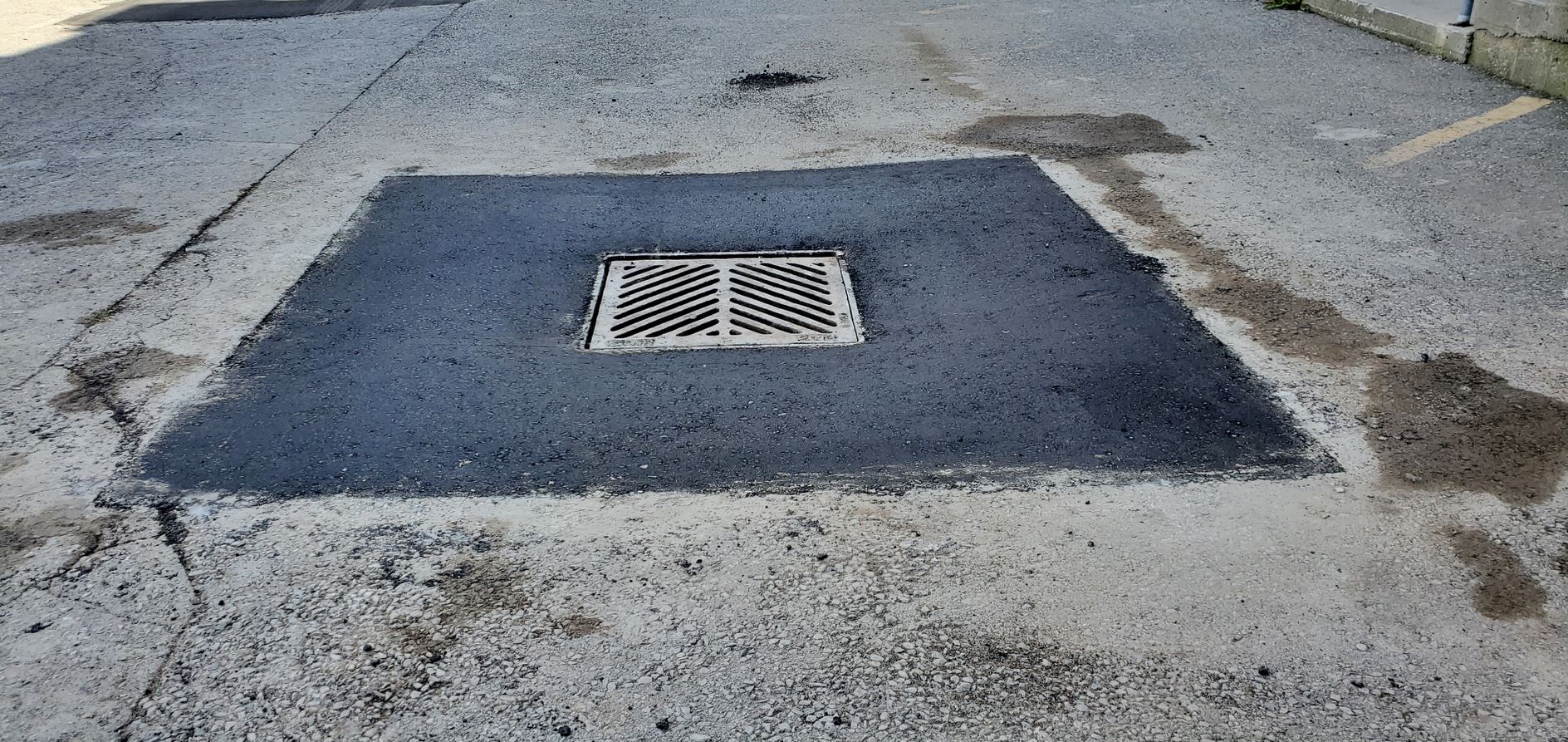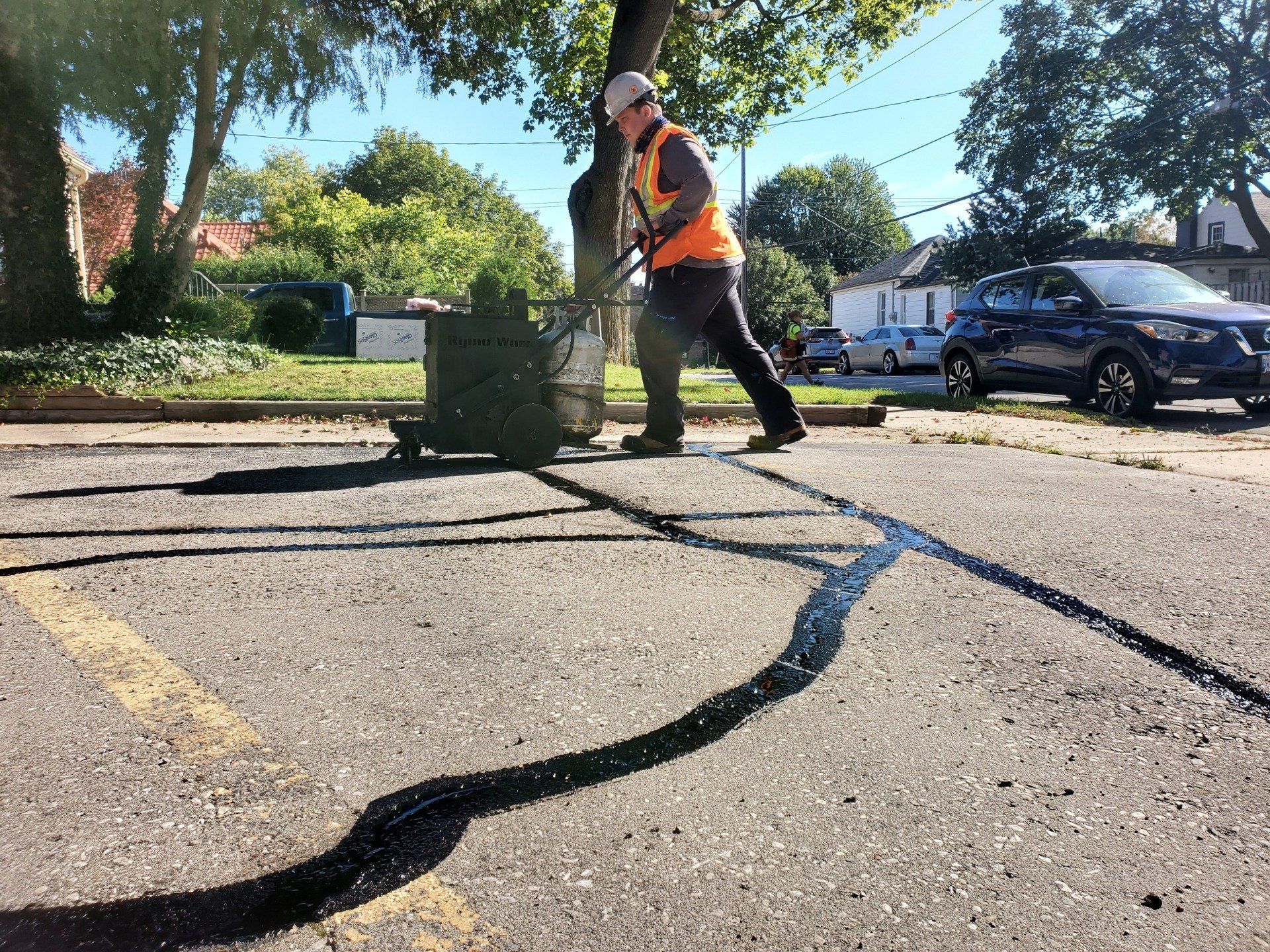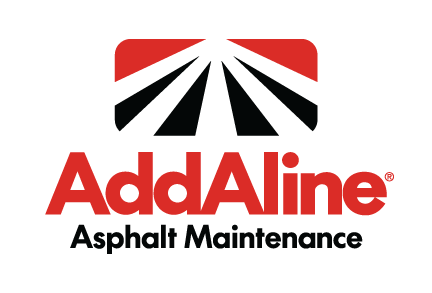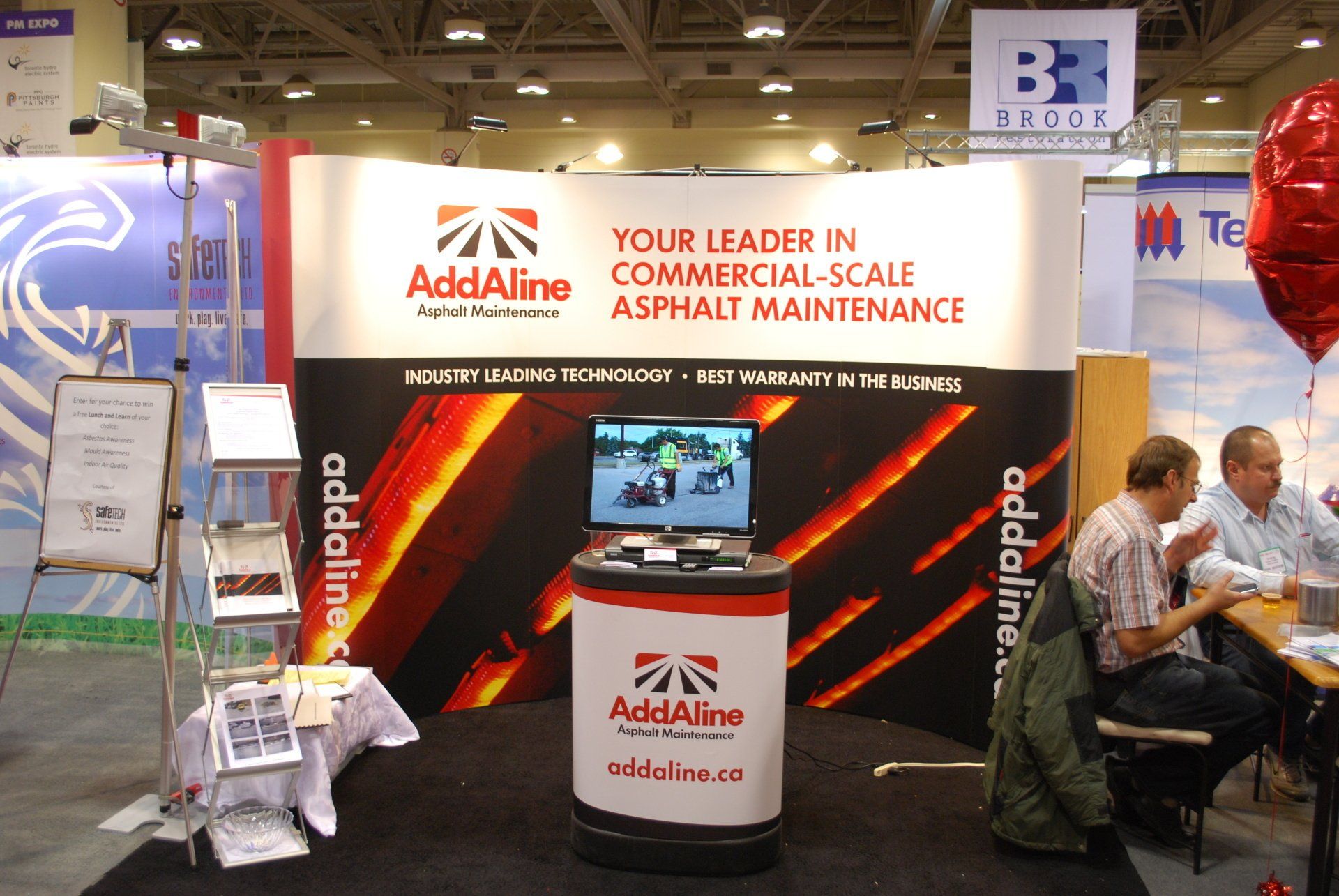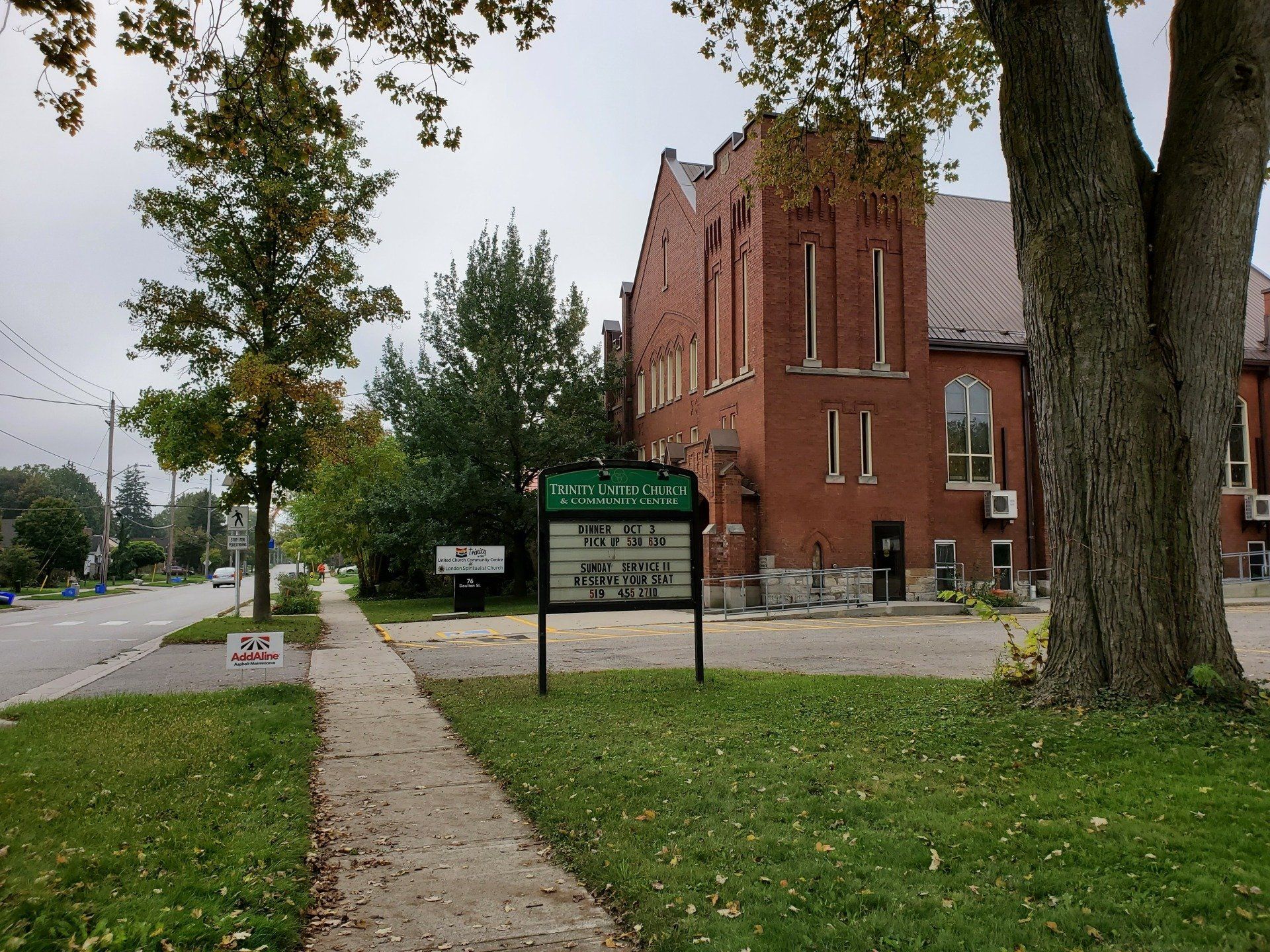How does crack fill work?
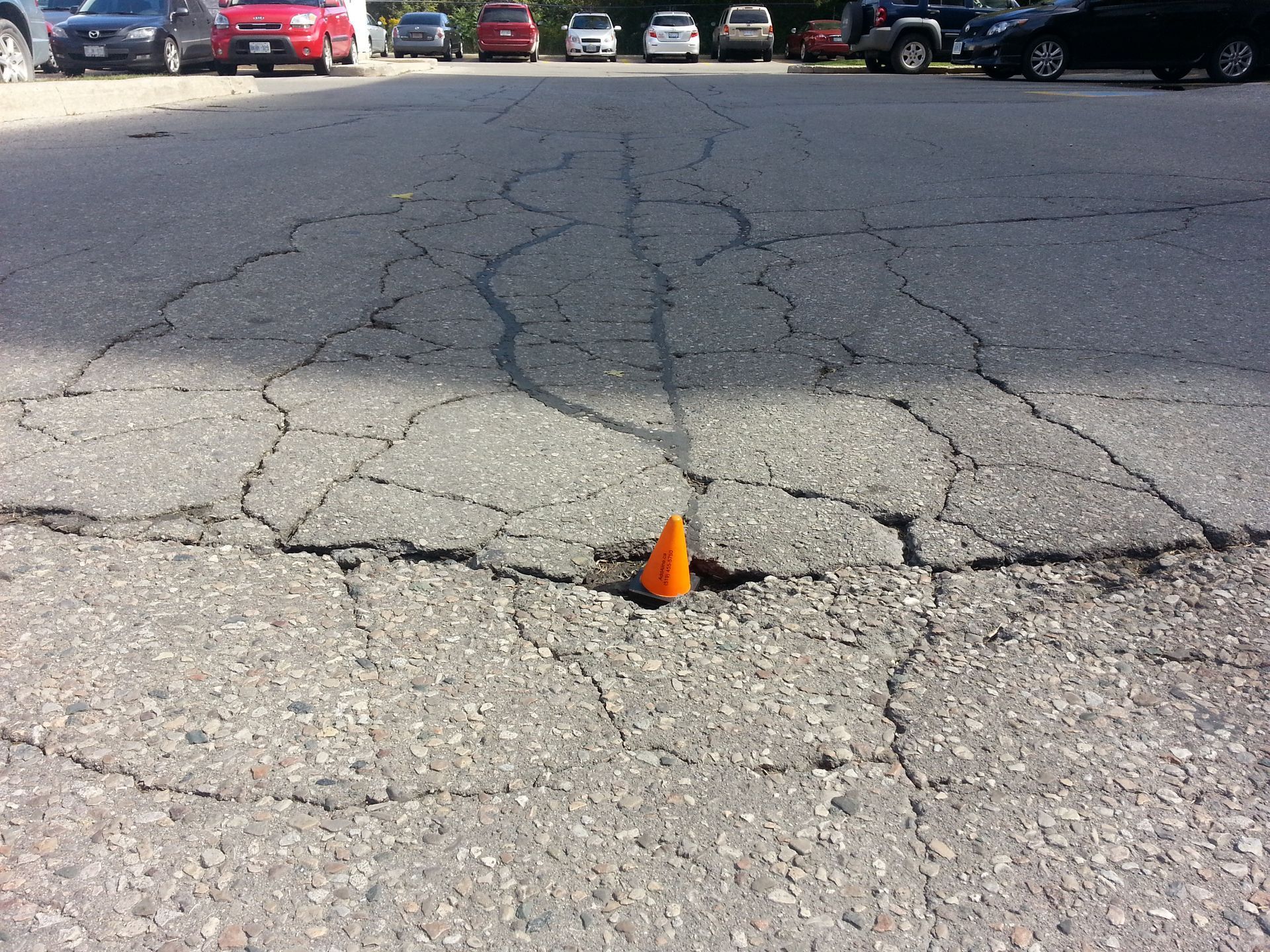
Hot rubber crack fill seals the surface of your parking lot, ensuring its integrity by preventing water from getting into and under your asphalt.
Water is a detriment to your parking lot. During the warmer times of year, water can seep under your parking lot and wash away your sub-base, the compacted aggregate supporting the asphalt above. In the winter, freeze and thaw cycles results in water expanding and contracting which damages the asphalt above. These processes create cracks in the parking lot.
Unsealed cracks create potholes. Crack fill is a cost-effective method to seal the surface of your parking lot to prevent potholes. Think of crack fill like filling a tooth to halt decay or plugging a dam to stop leaks.
Maintaining and repairing your pavement early can be far less expensive overall. If you neglect your parking lot, you could end up having to repave much sooner than necessary. Cost-effective maintenance done early will put off the need to repave while helping to stop potential slips, trips, and falls.
Cracks need to be properly prepared for crack fill. The cracks must be cleaned out, so the hot rubber crack fill sticks to the side of the crack rather than to sand or dirt. A crack jet is a type of blow torch that will blow out debris in the cracks and burn off other material such as vegetation. Furthermore, it etches the edges of the cracks which improves the ability of the hot rubber crack fill to stick to the crack.
Typically, a crack has an hourglass shape, allowing for hot rubber crack fill to set into the space above and below the crack. Once it sets, it creates a water-protective seal.
For crack fill to be most effective, the crack should be large enough to hold the hot rubber crack fill. The goal is not to fill every crack, but to fill the cracks which are 1-4 cm (0.5”-1.5”) or about the width of a pencil. It’s much more cost-effective to focus on getting the biggest cracks filled.
Attempting to fill every crack is a waste of hot rubber crack fill and money. If the cracks are too small, the material sits on the surface and wears off as vehicles drive over it. It’s better to tackle the biggest cracks, save your budget, and fill the smaller ones another year once those cracks have widened.
Crack fill is often confused with seal coating. Seal coating is a more cosmetic repair and a different asphalt treatment altogether. Seal coating looks great but must be reapplied more often and it does not protect asphalt as effectively as hot rubber crack fill.

